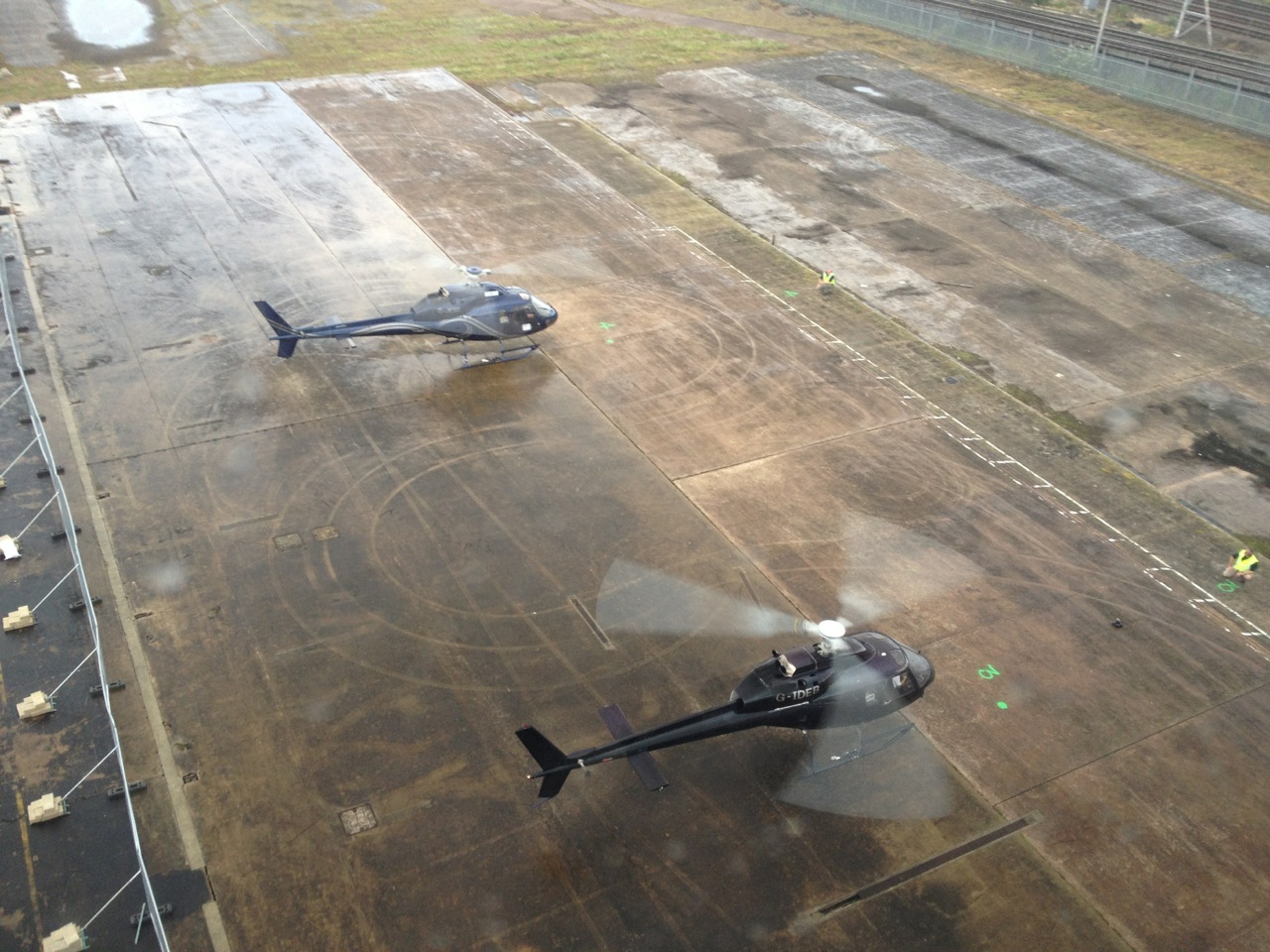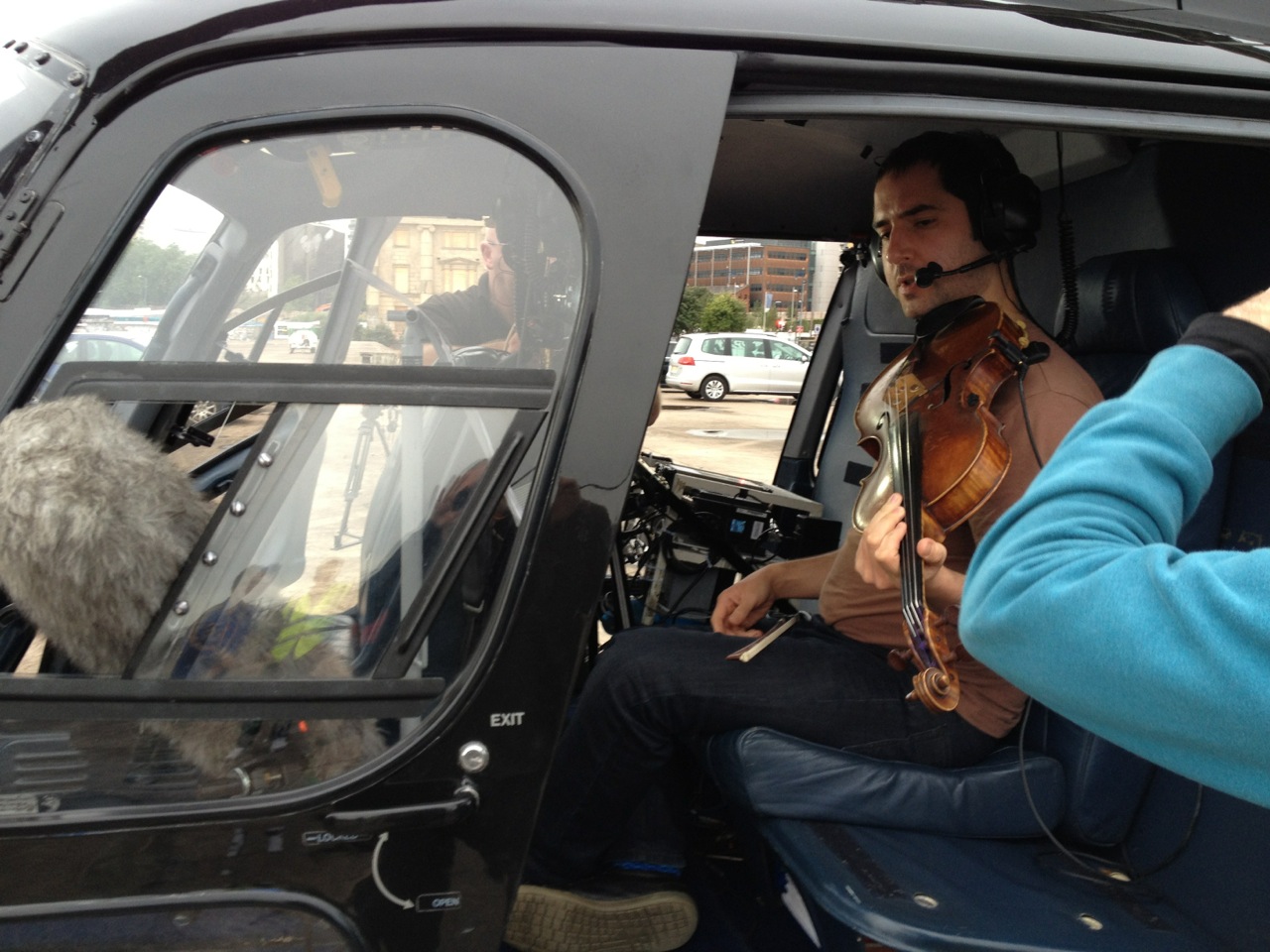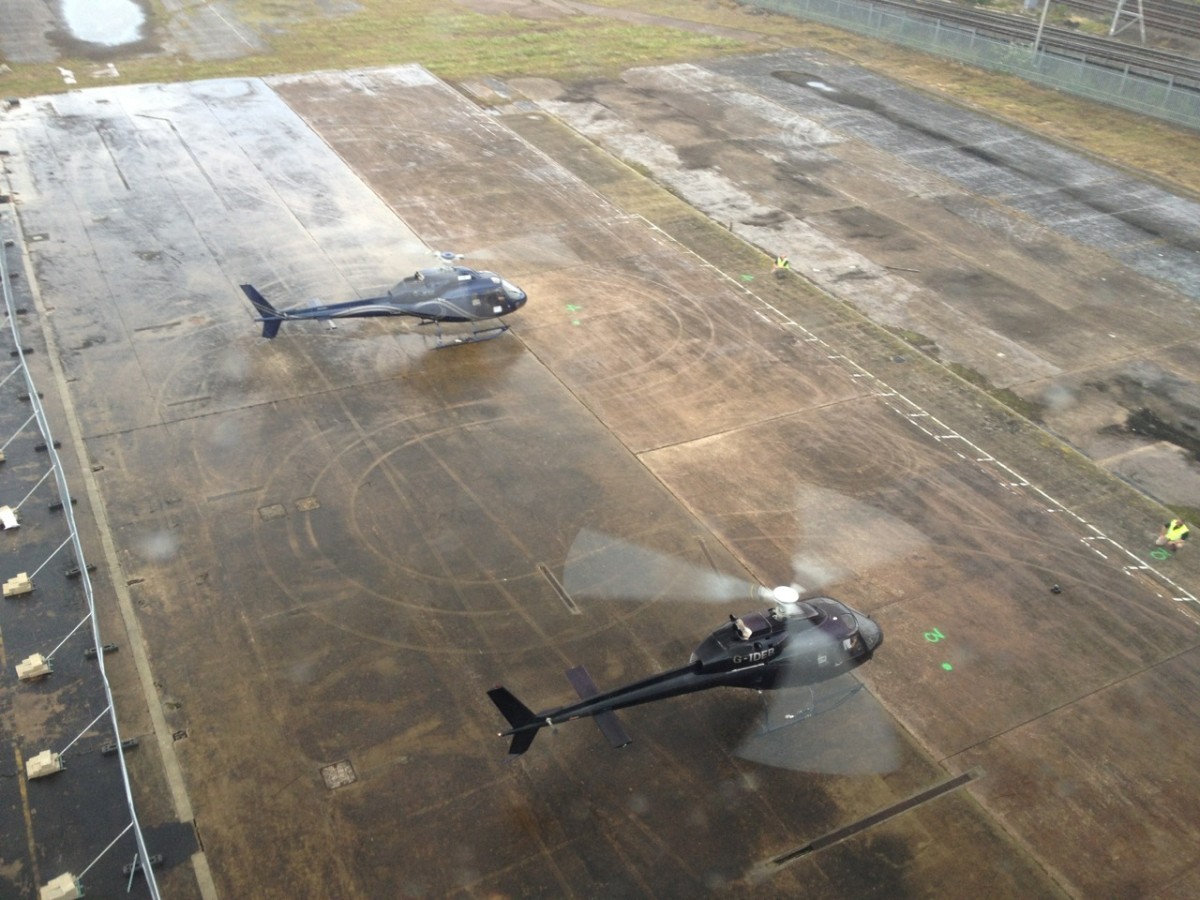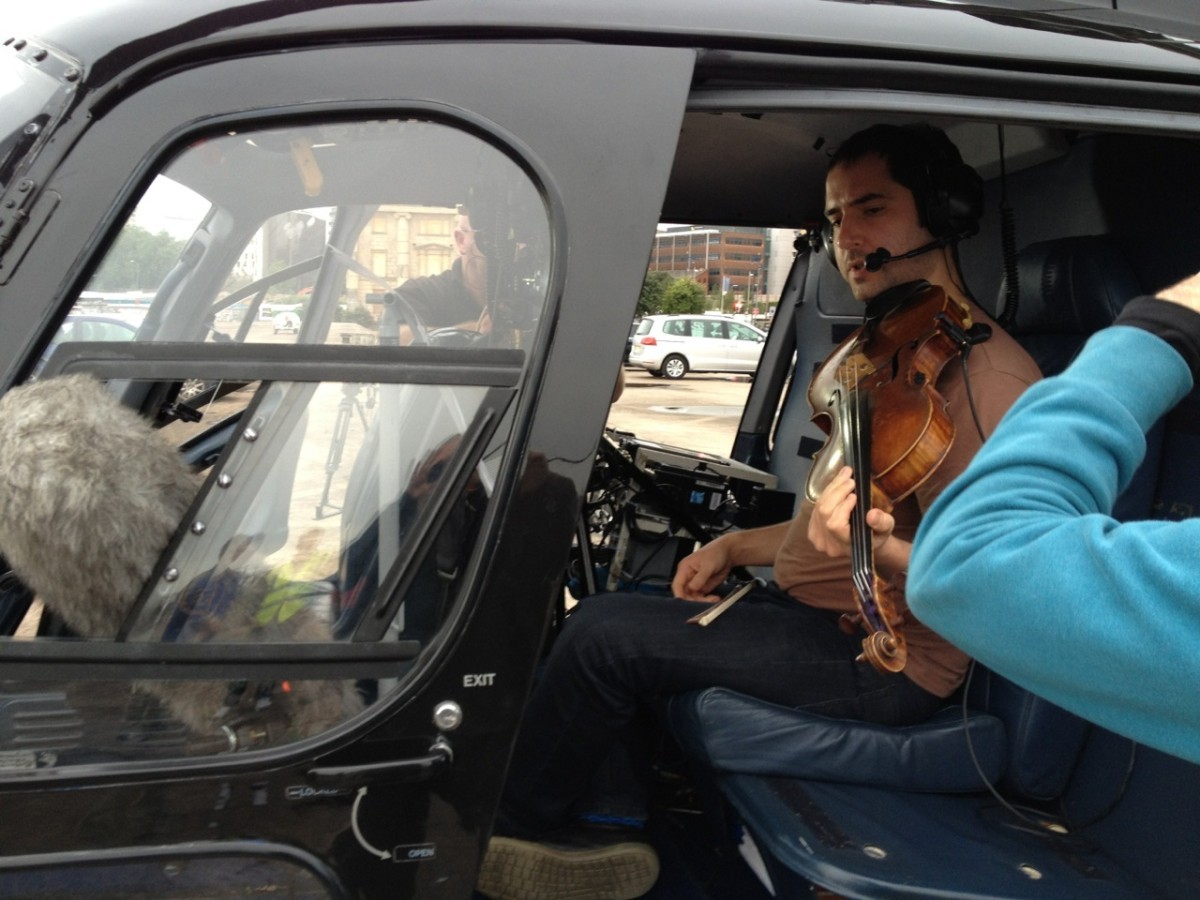David Sheppard often finds it difficult to describe exactly what he does for a living. His work moves between sound engineering and artistic creation, as he both generates his own electronic music and collaborates with other artists to realize large, technically complex pieces. “Sound artist,” he said, is the definition that seems to fit best, a label roomy enough to accommodate his eclectic work coaxing sound from a variety of unusual spaces — an abandoned Nazi submarine base, a stone sculpture, or a windswept stretch of Venice Beach. In these projects, we see Sheppard’s own authorial presence slipping in and out of focus as he navigates between art and craft, the technical and the aesthetic, and the individual and the collaborative.
Sound engineering and design is often thought of as a technician’s craft — more science than art — and is often underappreciated by untrained ears. Commonly produced in subordination to another creative vision, sound design is not generally conceived as an artistic practice in its own right. David Sheppard challenges this notion to demonstrate a more fluid relationship between designers, technicians, and artists.

“The room is the most important instrument I play,” Sheppard said. In 2011, he transformed the entire concrete hulk of a former Nazi submarine station into a musical piece, drawing attention to the acoustic properties of the airport-sized docking point while at the same time creating an environment for other musicians to inhabit. Alone and with others, he calibrates the structural relationship between acoustics and physical space to create the conditions of new possibility. “[Audiences] started to think about the space as an interesting space, a design, not what it was for,” he said. Just as his pieces catalyze a renewed consideration of formal spatial elements beyond their original utility, Sheppard brings an aesthetic thrust to the functionalism of sound design.

Loudspeakers, mics, amplifiers, and rooms are the instruments Sheppard uses to shape sound in much the same way that a musician might use a piano or a guitar. While he had originally wanted to be a composer, he soon saw the potential of sound systems in the early 90s to create interesting new music. He now finds himself full circle as he collaborates with composers to perform the electronic portions of their work, in addition to performing his own. Sheppard takes the time-honored technical craft of sound engineering — and the role it plays in the artistic process — to the contribute to overall redefinition of the field.
Submarine base. Credit: David Sheppard.




